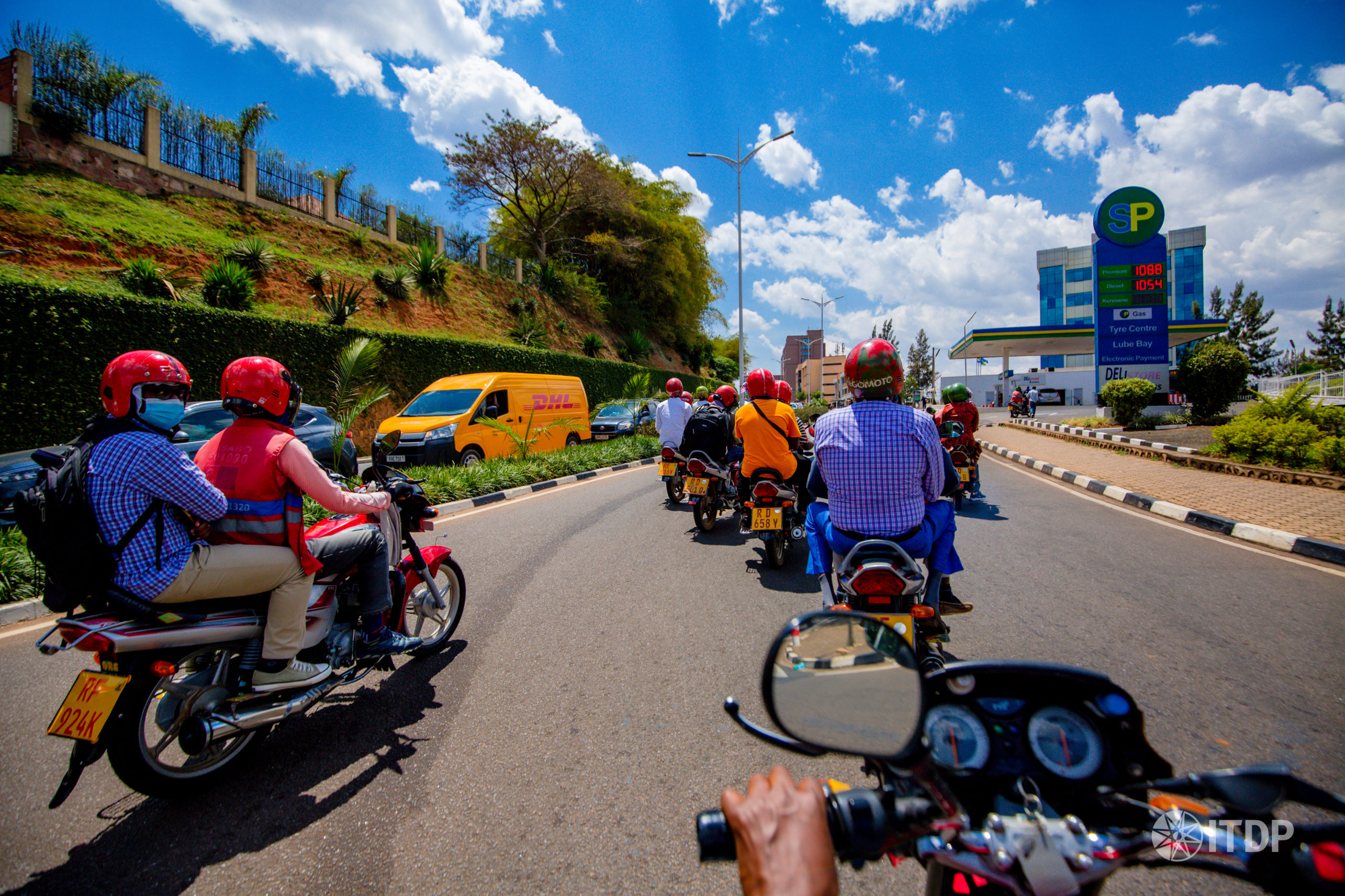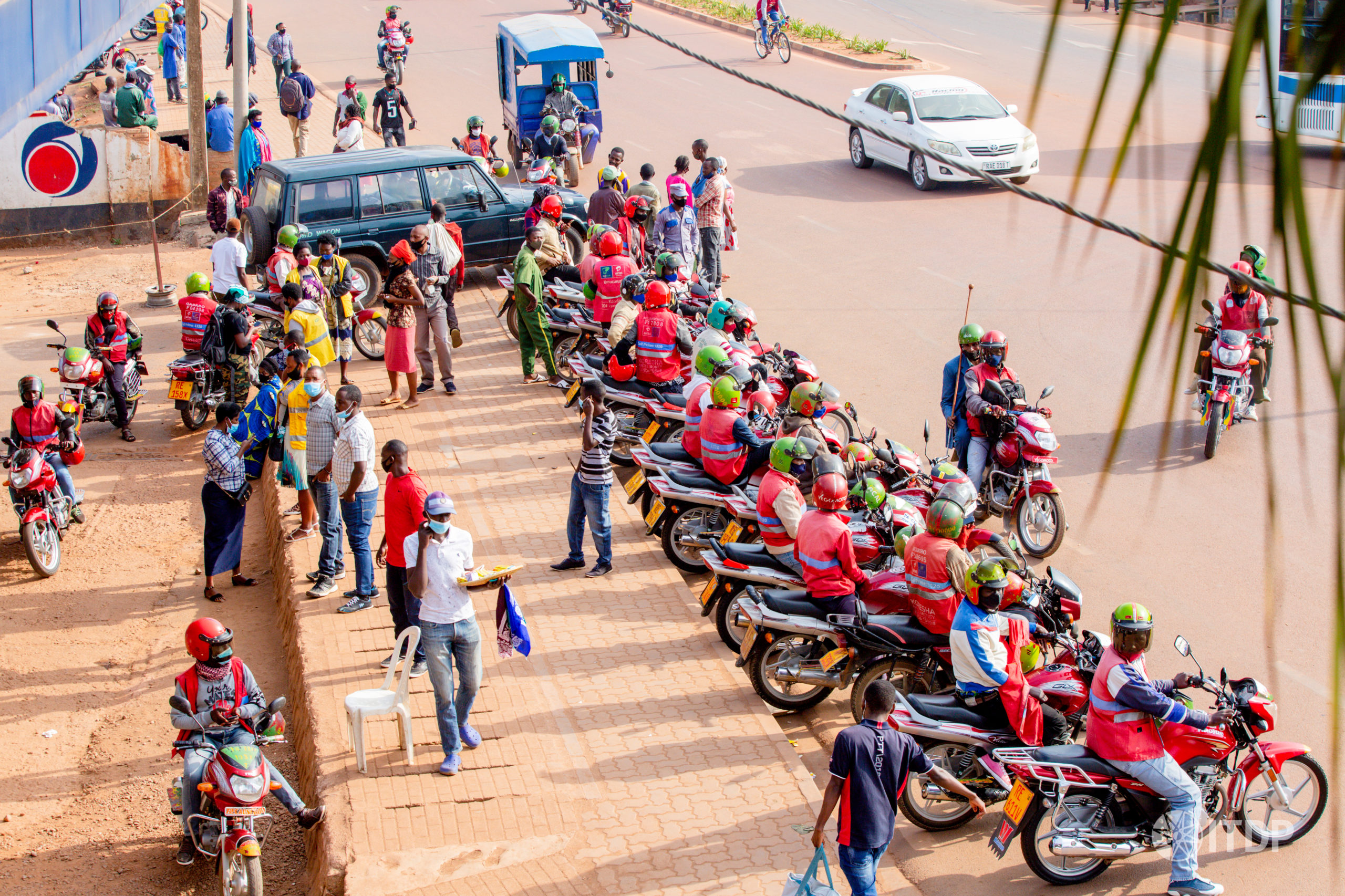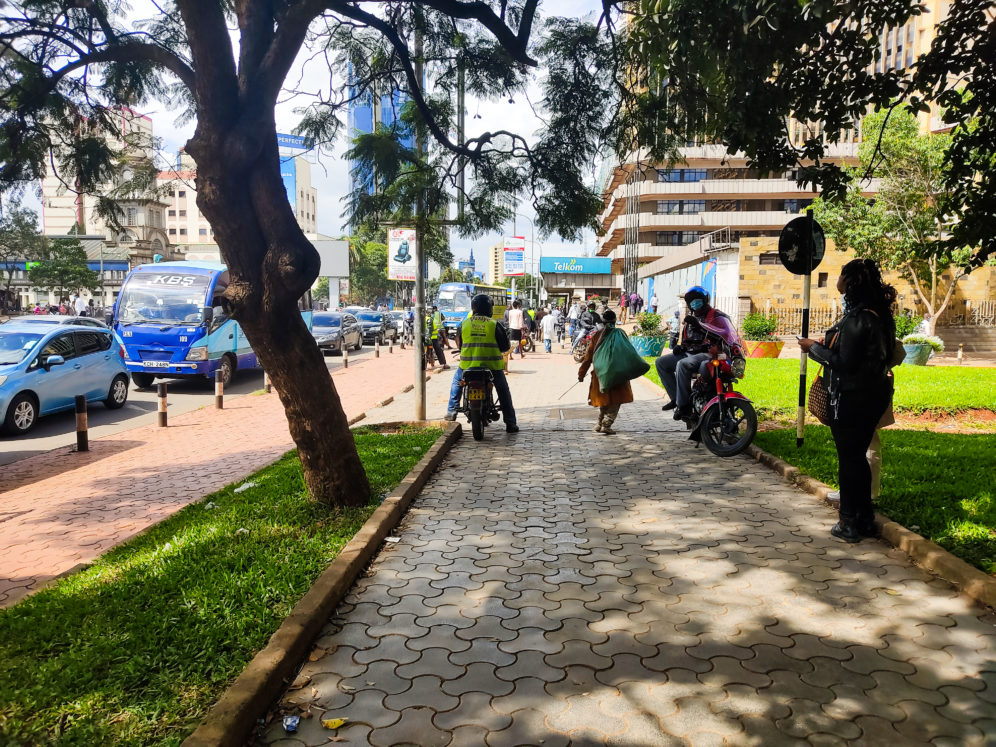 Motorcycles parked on a footpath in Nairobi Kenya. Photo credit: Stanley Chanzu, ITDP
Motorcycles parked on a footpath in Nairobi Kenya. Photo credit: Stanley Chanzu, ITDP
March 08, 2022
Motorcycles, gender inequality, and a woman’s right to the city: Changing the narrative
This International Women’s Day, it is clear that a lot more needs to be done to make women and girls feel secure in our cities. Urban planning has often ignored the complex needs of women, who play a dominant role in caregiving. Incidents of catcalling and physical harassment persist, causing distress and mental anguish. Most incidents go unreported as survivors fear the response from society and suspect that authorities will fail to take action. Our inability to plan and implement better transport systems has led to chaos, increasing inequality, and insecurity in our cities.
In Nairobi, on 07 Mar 2022, a video of a woman being harassed in her vehicle by boda boda operators circulated on social media. Her cries of anguish went unheeded as a considerable number of men (boda boda operators) shoved, pulled, and groped her, while others recorded and shared the footage. Reports allege that she had been involved in a crash with another road user. As is the norm in Kenya, boda boda operators swarmed to the incident in defence of their own, indifferent to the circumstances and the rule of law. Calls on social media asking the police to apprehend the perpetrators for their crimes have since followed, yet more needs to be done to fix a broken system that keeps getting worse.
The rise of boda bodas
The state of transport in Nairobi is characterised by perennial jams and a lack of efficient public transport, providing a profitable business niche for boda boda operators, who often ply near bus terminals, markets, and busy streets in the city. Lack of adequate public transport services and delayed implementation of the Nairobi BRT has led to heightened demand for boda boda services. Users can bypass the jam and get to their destinations much more quickly—for a higher fare than matatus and sometimes even car taxis. Persistent demand for faster travel around the city has meant that periodic boda boda bans have failed to yield results.
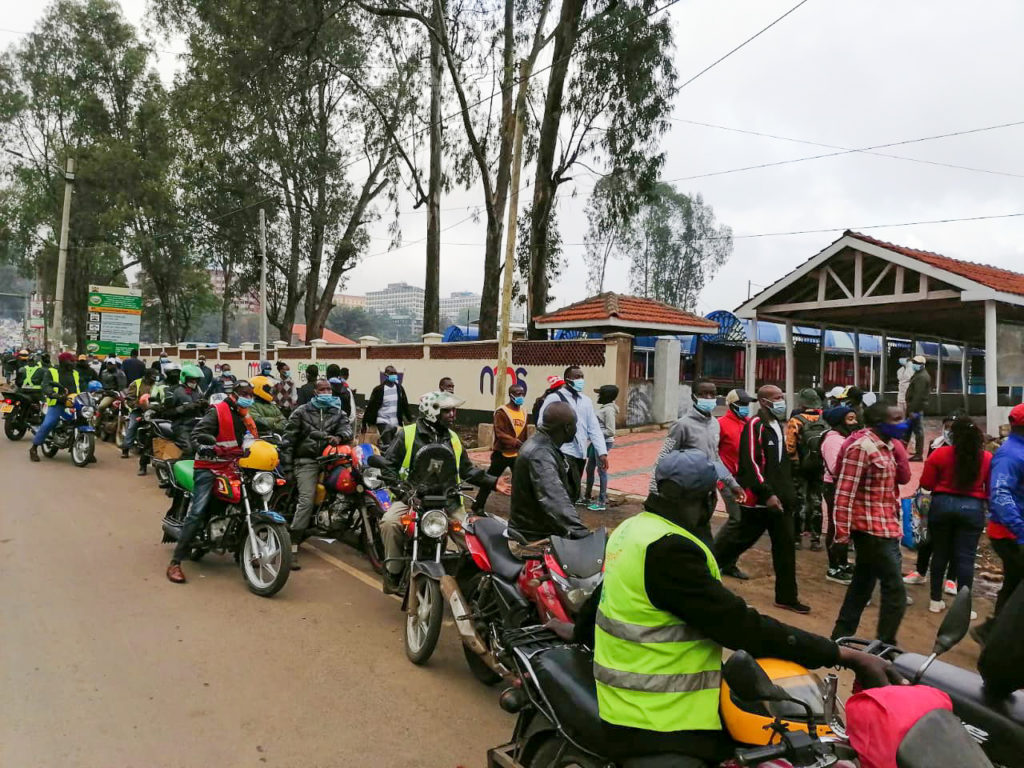
The rise in the use of boda bodas has come at a cost: 1,421 motorcycle drivers and passengers died in traffic crashes in 2019—higher than the number of users of other vehicles killed the same year. Motorcycles fail to stop at red lights and encroach on walkways and cycle tracks with absolutely no consequence. While the increase in boda bodas has led to severe road safety challenges, they do contribute to the livelihoods of many. Motorcycles are a cheap way to get around and, if well regulated, can provide quality services, both for passenger and goods transport. To support a productive role for motorcycles, there is a need for a total policy shift in the sector, with stringent enforcement aimed at ensuring safety for all city residents.
Regulatory response
The 2015 NTSA regulations, which came into effect on 1 Jan 2016, mandate motorcycle vendors to include two helmets and two reflective jackets with every motorcycle purchase. Both the helmets and the reflective jackets should have the motorcycle registration number printed on the back. The protective gear should be yellow if the motorcycle is used for taxi service. Any person riding a motorcycle should have a valid licence of the respective class and should only carry one passenger at a time, with the exemption of a child under 13 years of age, who can be seated between the rider and an adult.
Per the NTSA regulations, all passengers should have helmets and reflective jackets and the motorcycle should have third-party public service vehicle insurance. All motorcycle operators should belong to a cooperative, which is expected to play a role in the enforcement, safety, and tracking of operators. Unfortunately, enforcement has been lacking, leading to rampant disregard of the rule of law, disorderly driving, and security risks. Aside from serious enforcement, additional regulatory measures should include mandatory registration of drivers, frequent training on traffic laws, and sensitisation against harassment and gender violence.
In Rwanda, there are some 37,000 registered moto-taxis, 22,200 of whom operate in Kigali.
Lessons from Kigali
In Rwanda, there are some 37,000 registered moto-taxis, 22,200 of which operate in Kigali. Stringent regulations and enforcement have transformed the sector into one of the best in Africa. Motari, as they are locally known, have to be registered in cooperatives to operate. There are 146 such cooperatives, with plans underway to merge the 41 based in Kigali into five to improve management and monitoring efficiency. The motari driver should have a driving licence of category A and should always have a helmet and a reflector jacket. Both riders and passengers should have helmets and, just as in Kenya, motaris are expected to carry one passenger at a time. Unlike in Kenya, a moto-taxi is not allowed to transport goods and people at the same time.
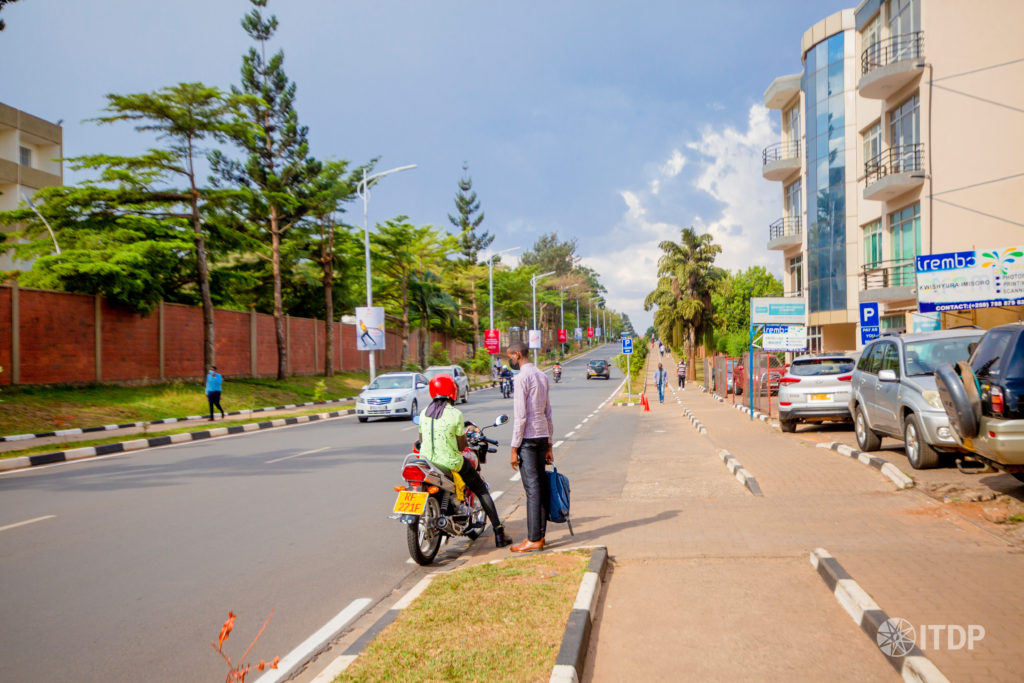
Plans are underway to transition to a smart metre system where rates are charged per kilometre of travel. The smart metre is installed on the motorcycle and also works as a GPS tracker for ease of traceability in case of crime. All motorcycle riders have to be registered on the Yego app, which is incorporated into the smart metre system. Current charges are RWF 400 for the first 2 kilometres and RWF 135 for every additional kilometre. The app is optional for passengers. The city is transitioning to a cashless payment system via mobile money payment platforms, such as MTN Rwanda and Airtel Rwanda.
Authorisation to operate is issued by the Rwanda Utilities Regulatory Authority. The Rwanda National Police is in charge of penalties and fines and they can always stop the motari drivers and request for a driving licence, insurance, and authorisation to operate. To monitor overspeeding, cameras are set up on roadsides and medians, and an automated system sends a fine notification to the rider’s phone. Fine payments have to be made within the indicated timelines via the Irembo online platform.
Kigali has made substantial progress in public transport reform since 2008, working with informal operators to consolidate into a single operating company.
Public transport modernisation
Nairobi’s matatus tend to be just as unruly as boda bodas, with touts often shoving or dragging women to waiting vehicles against their will. The incident on 7 Mar 2022 is an unfortunate replica of a case of sexual harassment in a public bus in 2014 that led to the #MyDressMyChoice movement. The transport system continues to be indifferent to basic human needs and there is a need to modernise and improve the sector.
Governments need to play a more active role in public transport management and regulation, taking on financial risks and shifting from commercial operating licences to service contracts in order to transform the industry. In cities where there is limited government involvement, service quality is low because there is no investment and operators lack incentive for good performance.
In Nairobi, competition for passengers is often the main cause of harassment. This can be eliminated by having private companies operate under contracts based on payment per kilometre of travel as opposed to the current target system where driver and conductor earnings are based on the number of passengers carried. Kigali has made substantial progress in public transport reform since 2008, working with informal operators to consolidate into a single operating company.
The promise of micromobility
Bikeshare is a personal public transport system in which people have access to bicycles that can be used across a network of closely spaced stations. With a smart card or another form of identification, a user can check out a cycle from a station and return it to any other station.
A dense network of stations across a defined coverage area makes it easy for users to find cycles. Bikeshare system employees maintain an even distribution of bikes across the system by moving bikes between stations based on demand. Real-time user information is provided through various platforms, including the web, mobile phones, and on-site terminals. Easy availability of bikes reduces commute times, increases flexibility, and improves access to employment, educational, and recreational opportunities.
With good cycling infrastructure, bikeshare can be a great alternative for short trips during both peak and off-peak hours. Bikeshare stations can be strategically placed near public transport stations and popular spots to promote safe, affordable, and efficient movement in our cities. Cyclists use segregated cycle lanes which are safe and efficient and allow users to bypass traffic congestion—all without the safety risks of motorcycles. With the advent of electric bicycles, bikeshare systems increasing offer speeds that are competitive with boda bodas and other motorised modes.


